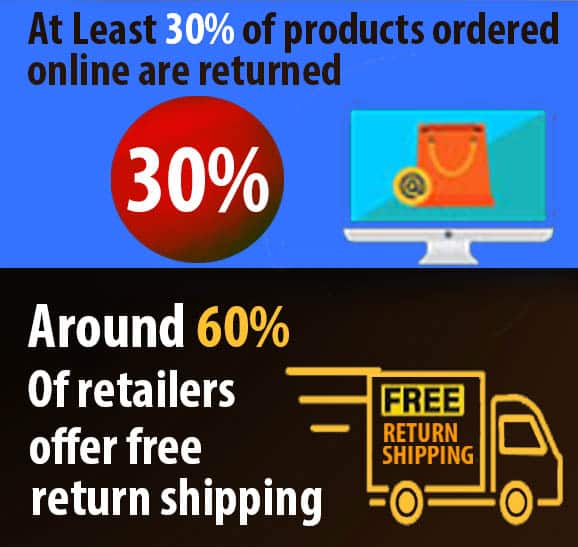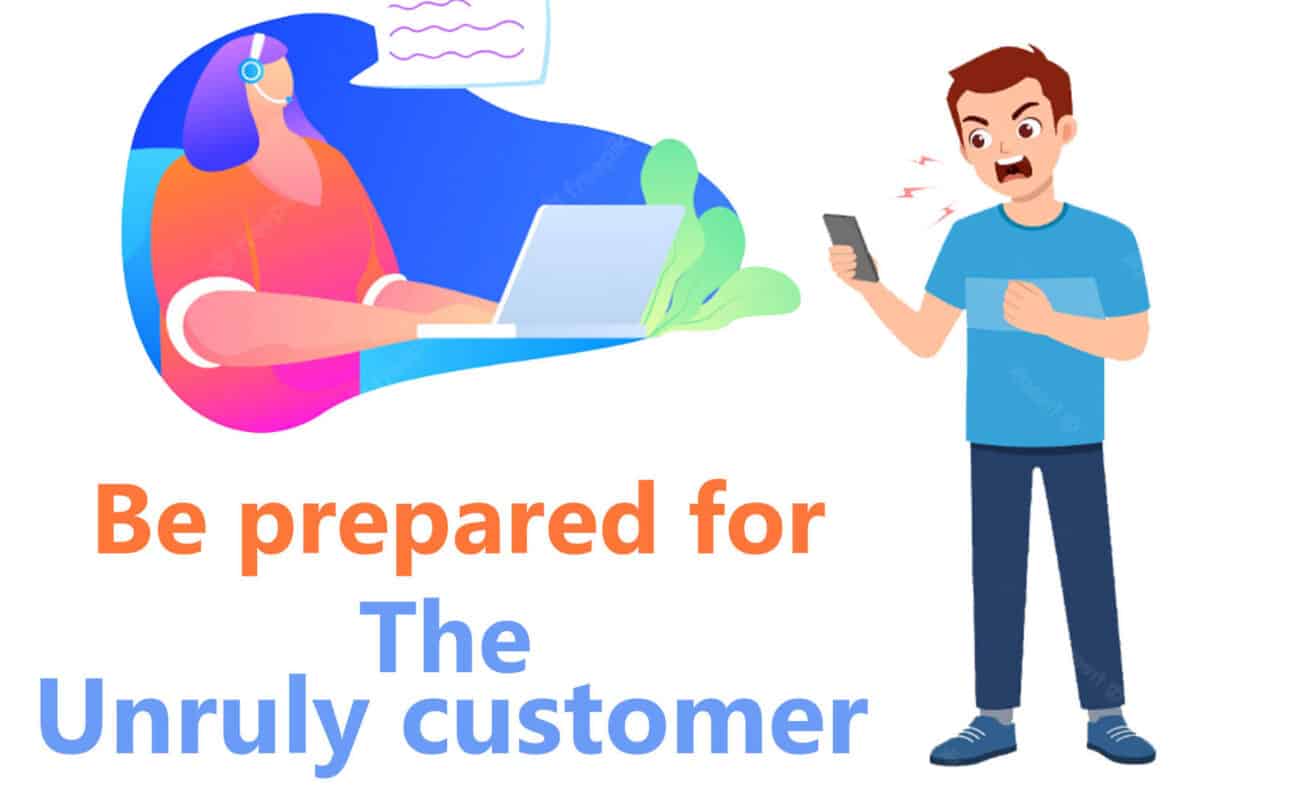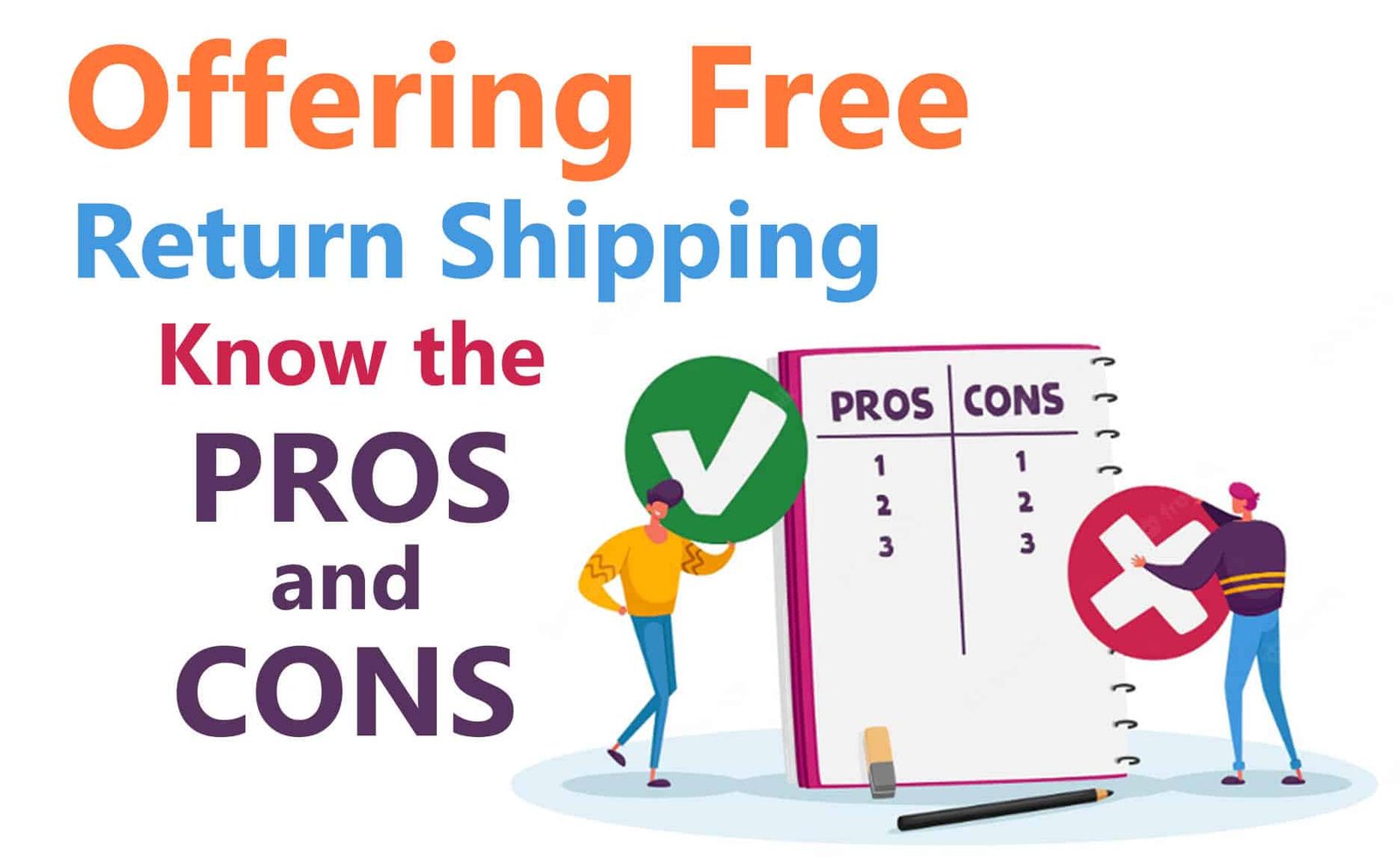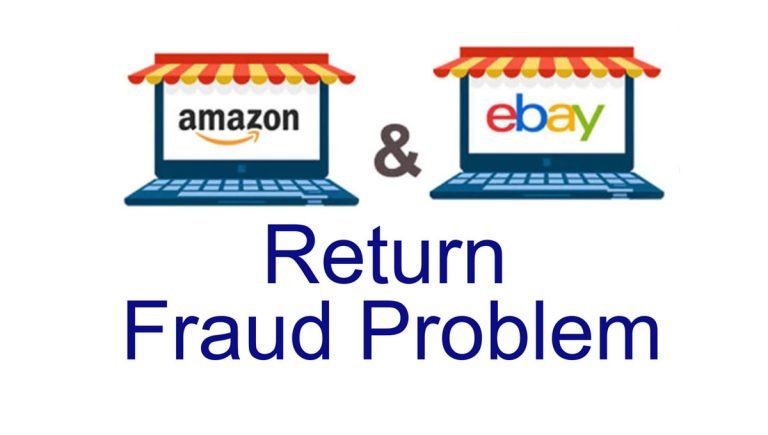Return shipping starts to change once you look at the pros and cons. It can benefit you by offering free return shipping because it encourages consumer shopping. However, if customers take advantage of this option and needlessly return items ultimately, it can lead to problems. You don’t want to open your business up for criminal activities, but you also don’t want to pass an opportunity to give your business the edge. This post will hopefully help.
Free returns can be a significant boom for any business. With Amazon offering it, many buyers have come to expect it. That’s why more and more merchants are choosing this option. But, there are some drawbacks to offing free returns that you should consider. If you don’t like dealing with customer service issues regularly, then it might be better to pass on free return shipping for now. Ensuring free returns does not cost your company more money than it makes. As you make a decision, look for a way to benefit you and the customer.

Offering free return shipping can have several benefits for a business, including:
Increased customer satisfaction: Allowing customers to return items at no cost to them can lead to increased customer satisfaction, as they feel more secure in their purchasing decisions.
Increased sales: Offering free return shipping can also lead to increased sales, as customers may be more likely to make a purchase if they know they can easily return it if they are not satisfied.
Improved customer retention: Customers who have a positive experience with a business’s return policy are more likely to continue doing business with that company.
However, there are also some potential downsides to offering free return shipping, including:
Increased costs: Offering free return shipping can be expensive for a business, as they will be responsible for the cost of shipping the item back to them.
Increased fraud: Some customers may take advantage of a free return policy and return items that they have used or damaged.
Limited control: Offering free return shipping can limit a business’s ability to set certain conditions on returns, such as requiring certain documentation or imposing a time limit on returns.
Pro's
One benefit of offering free returns is encouraging consumers to shop with you, and if your business sells high-cost items, it may make sense to offer free return shipping.
Your best shoppers often make the most returns, so you will most likely win in the long run.
It’s also good for your customer service reputation when you go out of your way to ensure customers are happy. Giving your customers easy access to returning unwanted products might just keep them coming back again and again!
Even better: It could lead them to believe you can be trusted with all their future purchases as well!
After all, online shoppers are conditioned to expect free shipping as a default option when shopping online, so why not take advantage of that? According to a UPS survey from 2013, 87 percent of shoppers consider free return shipping an important factor in their buying decision; 49 percent say it has influenced where they shop. That makes it likely that they’ll shop with you again or recommend you to others. In short, if you’re trying to compete with other e-commerce businesses, offering free return shipping is a way to meet your customer’s expectations.
When it comes to shopping cart abandonment, many online retailers feel that offering free return shipping is often a necessary move. While your customers are under no obligation to use their free return shipping service, statistics show that shoppers who pay for shipping on returns are likelier to abandon their carts than those who don’t have any financial obligations associated with returns. The reasoning behind these findings is simple: When you give your customers no reason (or, really, an incentive) not to shop with you, they’re far more likely to buy from you in complete transactions.
When it comes to shopping cart abandonment, many online retailers feel that offering free return shipping is often a necessary move. While your customers are under no obligation to use their free return shipping service, statistics show that shoppers who pay for shipping on returns are likelier to abandon their carts than those who don’t have any financial obligations associated with returns. The reasoning behind these findings is simple: When you give your customers no reason (or, really, an incentive) not to shop with you, they’re far more likely to buy from you in complete transactions.
It can help separate you from the local competition and online sellers who may not offer such a generous policy.
Con's
If too many customers take advantage of this option and ultimately needlessly return items, it could significantly cut profits and hamper growth
Nowadays, criminals have become very clever. A competitor could have friends order products from your store and then return for a full refund costing you. If you offer free return shipping, your competitor can wreak havoc on your profit.
Customers will buy multiple items, keep one or two and return the rest. ( You may want to encourage this action.) 30% of shoppers deliberately over-purchase.
For every $100 in returned merchandise accepted, retailers lose $10.30 to return fraud, up from $8.80 in 2019 (https://nrf.com)
Free returns increase labor costs, packaging costs, and other costs due to inspection and restocking time, not to mention not all returns are resellable.
It will most likely increase the number of incoming calls. So, you will need to familiarize your return policy with your employees and yourself.
Key Takeaways:
There are many pros to offering free return shipping, which is why so many businesses choose to do so. However, if your products aren’t high quality or priced relatively, you could lose a lot of money through returns. This is why are some stores doing away with the free return shipping
How should I deciding whether to offer free return shipping?
When deciding whether to offer free return shipping, there are several factors to consider:
Your business model: If your business relies on low prices and high volume, offering free return shipping may not be financially feasible. However, if your business model is based on high-end or luxury products, offering free return shipping can be a way to differentiate your business and increase customer satisfaction.
Your target market: Consider the needs and preferences of your target market. If your customers are price-sensitive, they may be more likely to make a purchase if they know they can easily return it if they are not satisfied.
Your competition: Look at what your competition is doing. If your competitors are offering free return shipping, it may be necessary for you to offer it as well in order to remain competitive.
Your margin: Analyze the margin of your product, If your product has high margin, you can afford to offer free return shipping without affecting your profit.
Your return policy: Carefully consider your return policy. If you decide to offer free return shipping, you may need to make adjustments to your return policy to ensure that it is fair to both your business and your customers.
Ultimately, whether or not to offer free return shipping is a decision that should be based on your business’s specific needs and goals. It’s important to weigh the potential benefits and drawbacks before making a decision.

As you make a decision, look for a way to benefit you and the customer.
It is crucial to balance giving your customers a way to return something free and stopping return fraud and abuse, which can be tricky. An excellent way to do this is with your return policy.
Customer
Following a recent survey, it has been shown that nearly 70% of shoppers are more likely to spend money online when they know they have a way out, either with a store credit or in-store returns. If you’re working on your online business, give customers easy ways to send items back, so they don’t have an unwanted purchase.
Merchants
In most cases, free returns are not free. Companies that offer customers a way to send back items they’re dissatisfied with pay for them somehow.
Be aware you might not get what you expect back! To make matters worse, retailers that offer easy returns sometimes see inventory shrink as customers take advantage of their ability to exchange or return products. In contrast, others report they end up with merchandise used or damaged by consumers who used it at home before returning it. You can combat this in your return policy. A common tactic is charging customers restocking fees—and they can be big fees—to cover expenses like labor and storage.
What does offering free returns cost your company
The answer may surprise you. They’re annoying and expensive—particularly if you have to pay for return shipping. That said, businesses that offer free return shipping aren’t just being nice. There’s a strategy behind those decisions.
Customers don’t know the difference between good and bad sites until they know your brands. So offering free return shipping makes customers free more comfortable trying your brand.
A common question among merchants considering offering free returns is whether or not they’re making money.
It would help to estimate what offering free return shipping would cost you on average.
Remember that an excellent way to look at free returns is as insurance for returns. Everyone pays a little on their purchase, and if you need to make a return, it will cost you nothing. Think about adding a small charge to all orders to cover the free return shipping.
It could be worth it if your customers are more likely to buy after getting their hands on your products. Furthermore, selling high-end products is a no-brainer to have this option for your customers. Of course, most customers won’t return an item, no matter how bad it is. However, businesses should never rely on such a strategy for long-term profitability, but it may still be worthwhile for certain items and companies in particular markets.

Customer service that comes with free return shipping
While offering customers free returns might seem like a good idea. Just know there will be situations where there will be angry, discussed, aggravated, and occasionally unruly customers who will contact customer service. If this is frightening, you may want to reconsider or learn how to deal with them.
When someone buys something, decides to use it, and then returns it without remorse, they may become unruly once they learn a fee comes with the free return. Training yourself to handle free returns situations will make you come across as professional and transparent. Equally important is knowing and understanding your return policy to use it reasonably will go a long way in showing customers you are trying to be honest and fair. An unruly customer may be challenging for you to handle in a particular situation, but most people out there will contact customer service in a calm matter.
Key Takeaways:
The bottom line is that it is up to you and your will to manage your returns policy, which determines what the impact of your free return shipping will cost you.
Conclusion:
If your business is just starting out, offering free return shipping will almost certainly eat into your bottom line. Holding off on offering free returns now will allow you to retain the knowledge of your shipping cost. So, when you eventually offer free return shipping, you’ll be in a better position to know precisely how much free returns will cost your business.
Regardless, it’s essential to remember that several factors will significantly impact how customers respond to free return shipping. All these variables are things you can influence as your business grows. It is a good practice to include some restrictions in your return policy and adjust them as you go. So, while offering free return shipping might not be a smart move initially for a new merchant’s store, it could pay off big time down the road!
Make sure that your business is prepared to handle returns before offering free return shipping. If you don’t like dealing with customer service issues regularly, then it might be better to pass on free return shipping for now. But if you want to offer something special to stand out from competitors and make customers feel comfortable buying your product, then free return shipping might be right up your alley! The truth is that offering free return shipping can affect every facet of your business: your costs, customers’ thoughts about your brand, and even what they’re willing to buy.








